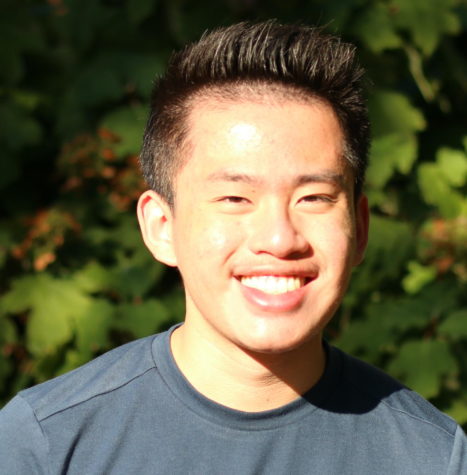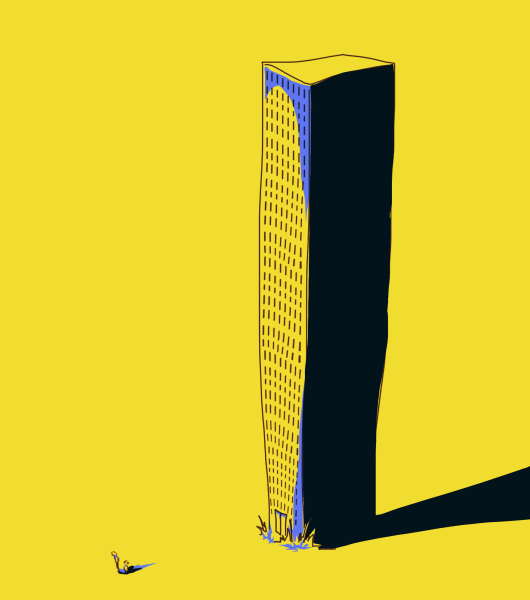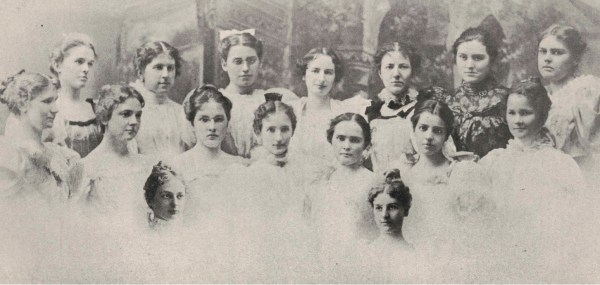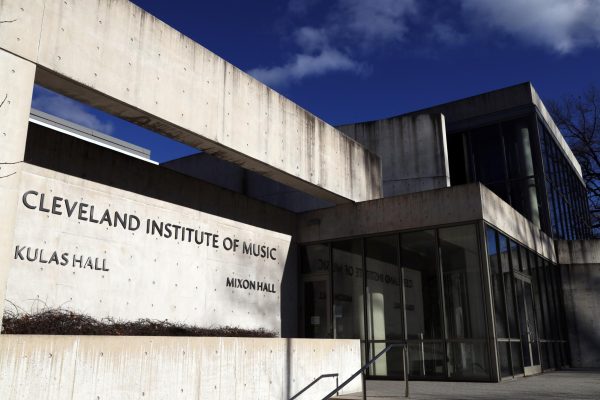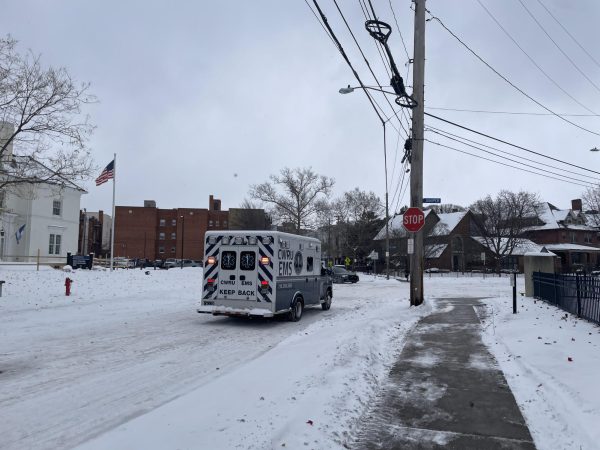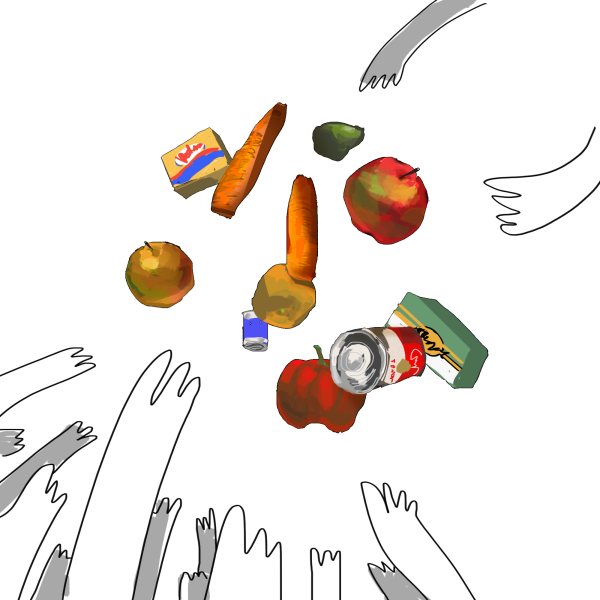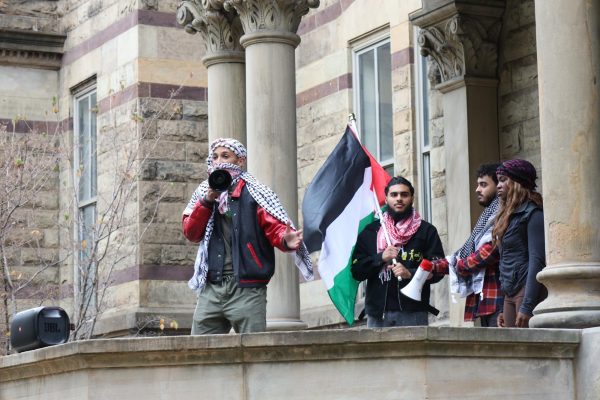Ohio students are stepping up in the face of dwindling supplies
April 6, 2020
Amidst falling medical supply levels and rising concerns, college and medical students around Northeast Ohio are helping fight COVID-19. Those on the frontline of the pandemic are beginning to feel the effects of a nationwide personal protective equipment (PPE) shortage. With the coronavirus’ peak still to come, many American healthcare workers are forced to wear bandanas as masks and trash bags as gowns.
One anonymous pregnant nurse from Ohio wrote to NBC saying that medical staff have to intubate patients with only “normal masks” to protect themselves. The Center for Disease Control and Prevention (CDC) recommends all healthcare personnel wear a standard N95 respirator, as it would protect them from fluid and airborne hazards.
South of Cleveland, supplies are running out fast, as statewide COVID-19 cases continue to skyrocket. At The Ohio State University (OSU) Wexner Medical Center in Columbus, OH, hospital staff are being asked to reuse PPE. As medical personnel leave a patient’s room, they must put their PPE into their own paper bag to be reworn for the next patient. Even though this strategy will conserve supplies, it has raised sanitation concerns.
Rick Lucas, the president of the OSU Nurses Organization, notes that this method is dangerous.
He said, “As a nurse, we go into this profession to help people. The thought of having to turn someone away because we don’t have what we need to care for them is devastating to even think about.”
In response to the PPE shortage, one Kent State student is helping out. Alyssa Hertz is a third-year fashion design major who spent half of her semester in New York City. She remembers feeling vulnerable when unmasked, especially when COVID-19 cases began surging.
When Kent State canceled classes, she returned to Ohio with lots of time on her hands. That’s when she got inspired by Christian Siriano, a fashion designer who has made and donated over 5,500 of his own masks.
She told Kent State Wire: “Obviously we have all this time on our hands now and I have an abundance of fabric here, so I figured why not?”
She further explained that she does not want people to be scared of breathing the air around them like she was in New York. So, with a sewing machine and fabric in hand, Hertz began making surgical masks.
She told Kent State Wire: “It’s literally just two pieces of fabric. I pin my elastic inside, flip it right side out, add the pleats, do a top stitch all around and it’s done.”
She also went live on Facebook on March 22 to teach viewers how to sew masks together. The livestream has been viewed over 500 times and has received positive comments from people around the country.
Hertz made sure that these masks were compliant with the CDC standards and that they were machine washable. She plans to donate them to medical facilities around the state who are in need of surgical masks.
Medical workers aren’t just experiencing a PPE shortage; some are also facing a babysitter shortage. Nannies who do not want to get infected have refused to care for healthcare workers’ children. This can become a difficult situation when parents are working long hours at the frontlines of the epidemic, leaving no one to take care of their children.
That’s where students from Case Western Reserve University’s School of Medicine have come in. Students created a database that lists student volunteers who can babysit, cook meals and run errands for medical workers and their families in the Cleveland area. Volunteers are then matched with a medical worker via an algorithm similar to the one used for residency matches.
Lyba Zia is a third-year medical student and is one of the organizers. She told Cleveland.com, “There’s just so much enthusiasm and eagerness from the student body to help, to be able to give back in some way.”
The database was started after CWRU connected Zia with Mitchell Thom, a first-year medical student who was also eager to help out. Together, they formed a team and reached out to nursing, medical, physician assistant and public health students. Within days, the team had 120 volunteers and 30 matches.








